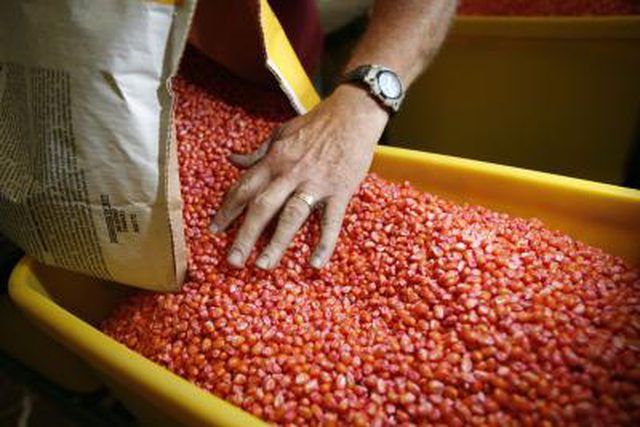Bulbs
Flower Basics
Flower Beds & Specialty Gardens
Flower Garden
Garden Furniture
Garden Gnomes
Garden Seeds
Garden Sheds
Garden Statues
Garden Tools & Supplies
Gardening Basics
Green & Organic
Groundcovers & Vines
Growing Annuals
Growing Basil
Growing Beans
Growing Berries
Growing Blueberries
Growing Cactus
Growing Corn
Growing Cotton
Growing Edibles
Growing Flowers
Growing Garlic
Growing Grapes
Growing Grass
Growing Herbs
Growing Jasmine
Growing Mint
Growing Mushrooms
Orchids
Growing Peanuts
Growing Perennials
Growing Plants
Growing Rosemary
Growing Roses
Growing Strawberries
Growing Sunflowers
Growing Thyme
Growing Tomatoes
Growing Tulips
Growing Vegetables
Herb Basics
Herb Garden
Indoor Growing
Landscaping Basics
Landscaping Patios
Landscaping Plants
Landscaping Shrubs
Landscaping Trees
Landscaping Walks & Pathways
Lawn Basics
Lawn Maintenance
Lawn Mowers
Lawn Ornaments
Lawn Planting
Lawn Tools
Outdoor Growing
Overall Landscape Planning
Pests, Weeds & Problems
Plant Basics
Rock Garden
Rose Garden
Shrubs
Soil
Specialty Gardens
Trees
Vegetable Garden
Yard Maintenance
How to Pick the Right Size of Corn Planter Plates
How to Pick the Right Size of Corn Planter Plates. For the micro- or weekend farmer, planting corn may own a certain romance. The wind rustling rows of bright green long-leaved stalks is a sight that seems at once familiar and comforting. However, meeting the physical and practical requirements of growing corn provides challenges. As vacuum-driven...

For the micro- or weekend farmer, planting corn may own a certain romance. The wind rustling rows of bright green long-leaved stalks is a sight that seems at once familiar and comforting. However, meeting the physical and practical requirements of growing corn provides challenges. As vacuum-driven planters increasingly dominate the market, the weekend farmer may be forced to search high and low for the gravity-fed planters that better suit his purposes. Once the equipment is secured, finding the correct plate size for the corn seed you're planting presents yet another hurdle.
Contact your seed supplier. A quality vendor should have reliable advice about which plate to choose for the seed size you purchase. Be prepared to inform the dealer of the brand and type of planter you use, as well as your planter's available sprocket settings.
Find out the planter plate size from the seed brand packaging. The seed company may publish a planter plate size chart on seed packaging or on its website. If not, phone the seed company's customer service to get planter plate information for the seed size you purchased.
Get in touch with your plate supplier. Though vacuum-driven planters are more and more prevalent, vendors who supply plates for gravity-fed planters are knowledgeable about size selection issues. The supplier may have an informative website, as well as helpful telephone support. Take advantage of both if necessary.
Contact your state or county extension office or university agriculture department. Many extension offices are dedicated to helping not only home gardeners but micro-farmers as well. A corn planting expert may be on hand. If not, the office should be able to direct you to a knowledgeable person or organization. A nearby university agriculture department that is familiar with corn planting issues in your region is another quality information source.
Tips & Warnings
A conscientious planter plate vendor may go so far as to request a sample of your corn seed to help determine the correct plate size. You mail a few seeds to the company, and it gets back to you with a recommendation.
Planter sprocket settings can help you fine-tune your seed spacing. For example, if you purchase a 16-cell, rather than a 24-cell planter plate, you can decrease the space between plantings by adjusting the sprocket settings on your planter.
Choosing the correct plate size is crucial. If the plate's cells are too large for your corn seed, you risk dropping more than one seed for each plant. If cells are too small, the seed might crack as the planter operates. Cracked corn seeds do not germinate, so your yield would be adversely affected.